If you talk about French in Formula 1, you think about the dark and handsome Cèvert, the professor Prost triumphing everywhere or the Renault driver Jean Pierre Jabouille. We often forget about a Frenchman who joined his long career with an autocratic man like Guy Ligier, writing pages of history for him, returning this estimate with clear results: Jacques Laffite, called "Jacquot".
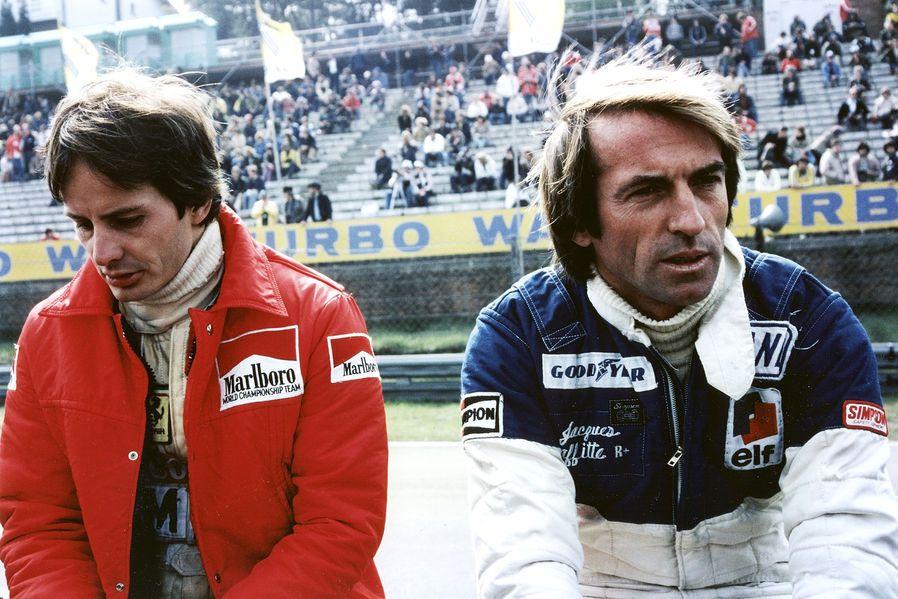
Jacques Laffite with Gilles Villeneuve.
Didn't win F1 championships Laffite but he would have deserved it. Even in his 40's he was still competitive and beat drivers like Arnoux in the same car. He was a champion, fast and loyal. A driver subscriber to placements, even though he has demonstrated in his career to know how to win. And well. And he knew how to overtake Jacques, you will never see another pass around the outside of "la Rascasse."
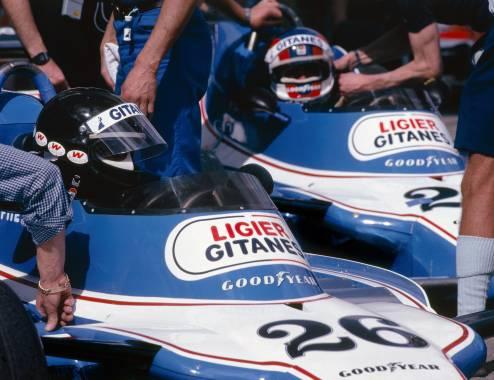
Jacques Laffite and Patrick Depailler at the 1979 Spanish GP.

Jacques Laffite at Monaco GP.
Cars he raced with, the Ligiers JS11 and JS11/15, were probably the most elegant-looking and cool F1 cars ever to have graced the sport. That they won races as well, with Jacques and co at the wheel, was an added benefit.
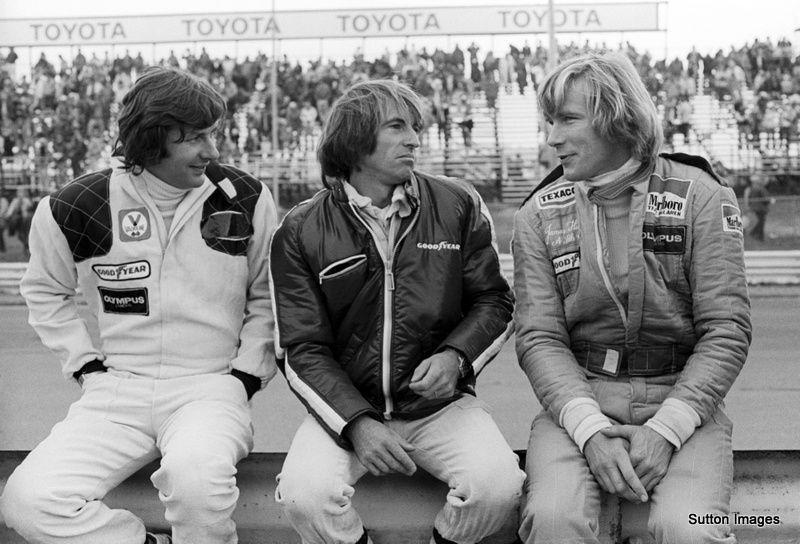
James Hunt with Jean-Pierre Jarier and Jacques Laffite at the United States Grand Prix (East) at Watkins Glen.
Jacques-Henri Laffite is a former racing driver, tough and of great class, who competed in F1 from 1974 to 1986. He achieved six GP wins, all while driving for the Ligier team. Belonging to the French school, he was one of the few of his generation to have miraculously survived the most bloody age of motor sport after the pioneering one, that has gone through the 50s and 60s in full. The transalpine was fully an "evergreen" that passed almost unscathed for the trap represented by the most beautiful and terrifying cars in the history of motor racing.
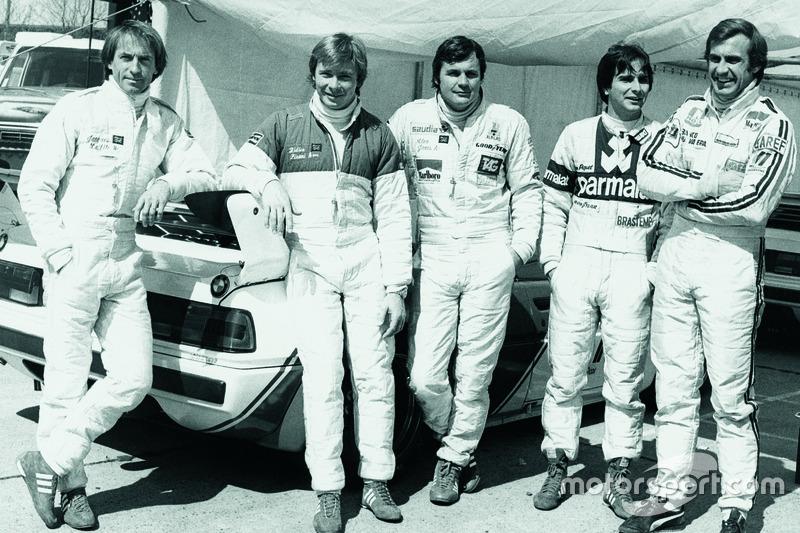
Laffite, Pironi, Jones, Piquet and Reutemann at the 1979 Belgium GP.
The son of a lawyer, he was born in Paris on 21 November 1943 and attended the private school Cours Hattemer. Jacques was late to motorsports. He was 28 years old in 1971 when he took part in his first race. He had been in the shadows for a while, alongside his brother-in-law (as the pair married two sisters) Jean-Pierre Jabouille, for who he was working as a mechanic.
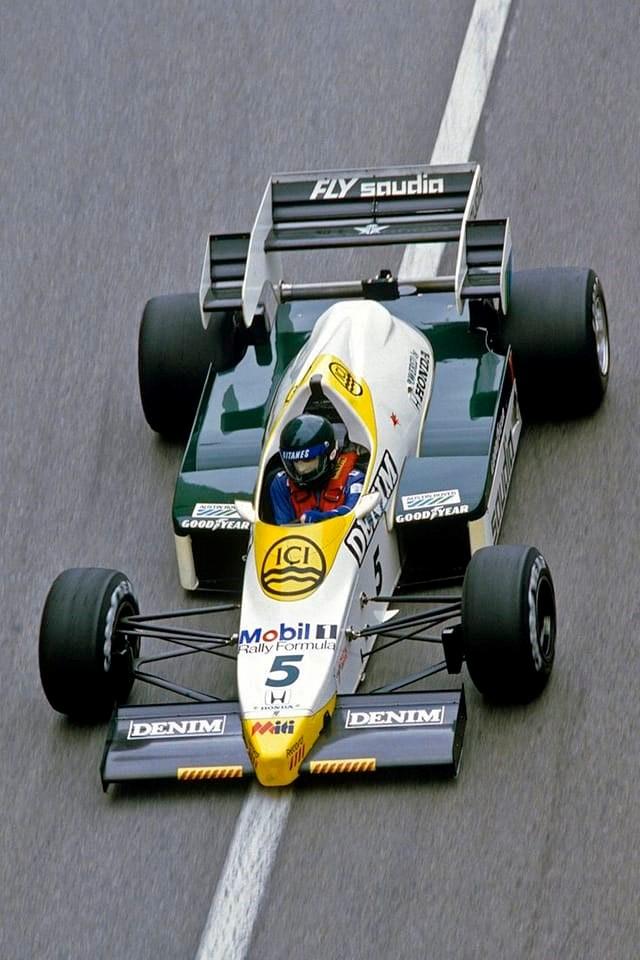
He debuted in F1 in 1974 for Frank Williams' Iso–Marlboro team, where in the future he will make fun of the anxious Japanese engineers working on the Williams FW09: “I asked them if they mounted me an F2 engine. They really went to check!!”

Laffite and Depailler at the 1979 South African GP.
Happy-go-lucky Laffite was one of the top F1 stars of the day and always retained his sense of humour in an era when other stars were taking life too seriously.
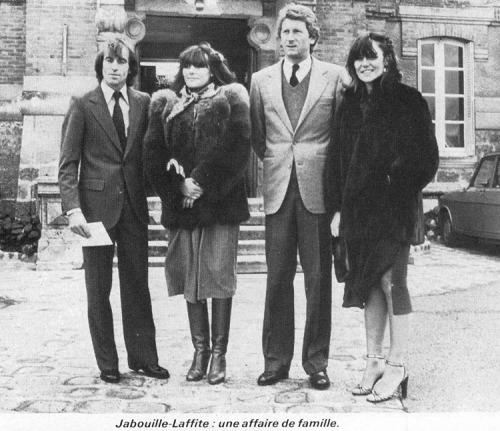
Jacques Laffite with his wife Bernadette and Jean-Pierre Jabouille with his wife Genevieve. Bernadette and Genevieve are sisters.
At 33, he became one of the hopes of French F1. In 1976 he managed to seize his chance during a memorable test session. Guy Ligier wanted a French driver to drive his brand new F1, a 100% French Ligier-Matra. The competition in the area was tough, but his impressive times won him the wheel of the Ligier JS5. The two men already knew each other. They had shared the seat of the Ligier JS2 during the 1973 24 Hours of Le Mans.
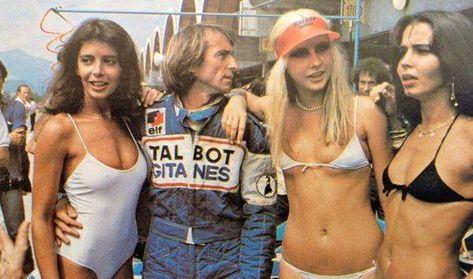
They were made for each other. Both fighters. Both fun-loving.
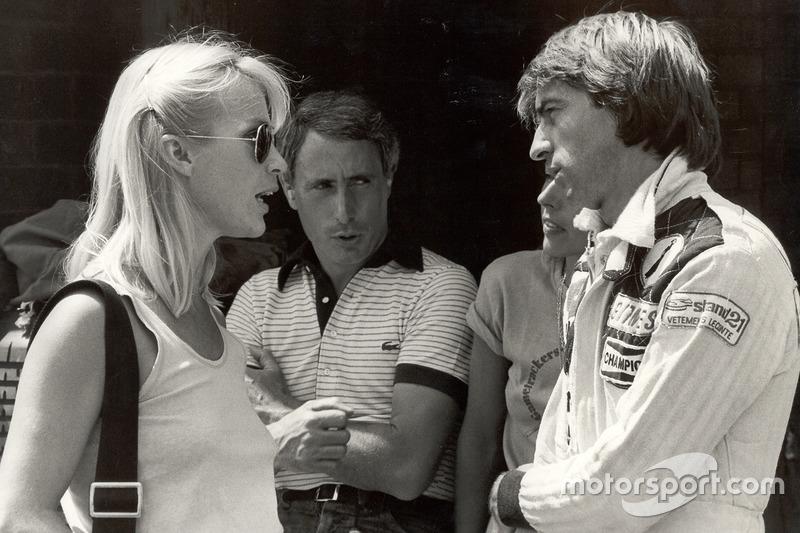
Jacques Laffite at the 1977 Swedish GP.
A spirited and precise driver who commanded admiration and who had the three qualities that made a difference – pure speed, focus and a sense for public relations. Guy Ligier would never regret his choice and their complicity in competition would last nearly ten years. A long loyalty.

In 1977, Jacques awarded the manufacturer their first GP victory in Anderstorp in Sweden. In 1986 at Brands Hatch, England, Jacquot lined up to start his 176th GP - to equal Graham Hill's record which had stood for over 10 years - but at the first corner he had to swerve to avoid a crash and hit a wall head-on, smashing his ankles badly. His F1 career was over. Laffite, the old "uncle" of Formula 1, will be put back on track in the same Parisian clinic where they did miracles to recompose the legs of Didier Pironi after the terrible accident he had in a Ferrari in Germany in 1982. To worry more, in the case of Laffite, they were not the fractures of the legs (tibia and fibula of the right, tibia of the left) but the five pelvis fractures, which will take a long time to be cured. The French driver will have to remain immobilized for three months; this emerged after the examinations carried out at London's Queen Mary hospital. Laffite also suffered from mild intestinal problems but kidney and stomach complications have been excluded.
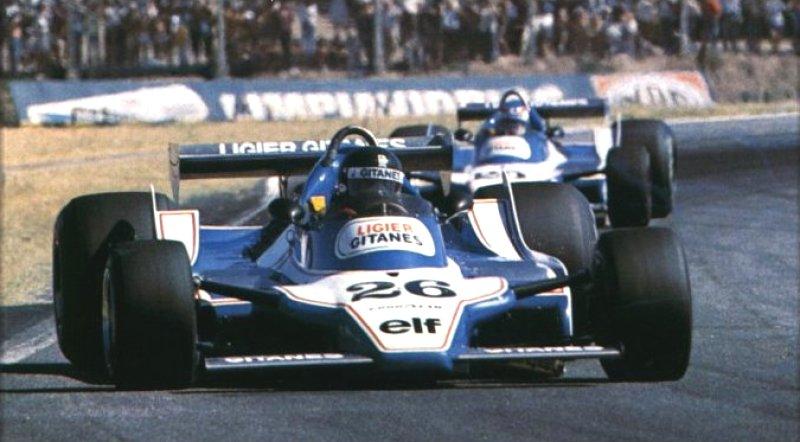
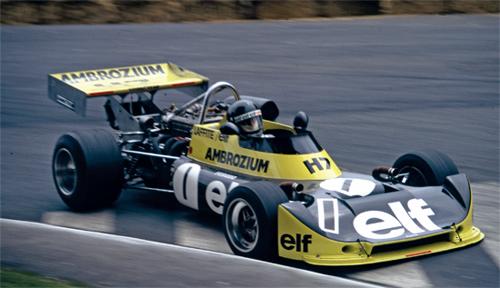
Jacques was the most successful driver in Ligier's history, having taken six of their nine wins and remains the most popular French driver of his time and a regular member of the F1 fraternity.
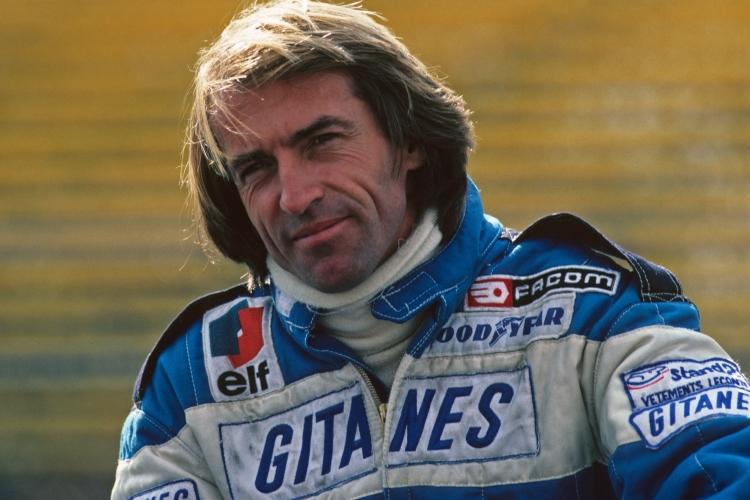
In 70 years, he raced with whatever had 4 wheels and an engine. He made F1 fun when he drove, doing it for the love of the sport, not the kudos. In a Formula 1 with characters made with the same mold and addicted to common place, a 50 kg jockey with a casual, unprejudiced and non-conformist nature like Laffite is missing. A wren of a man with an oil-green monochromatic helmet that has gone through generations and technological ages.
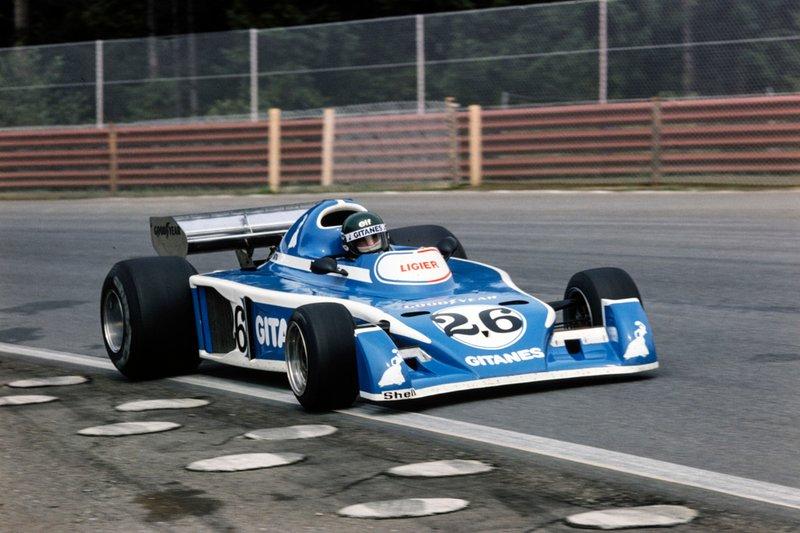
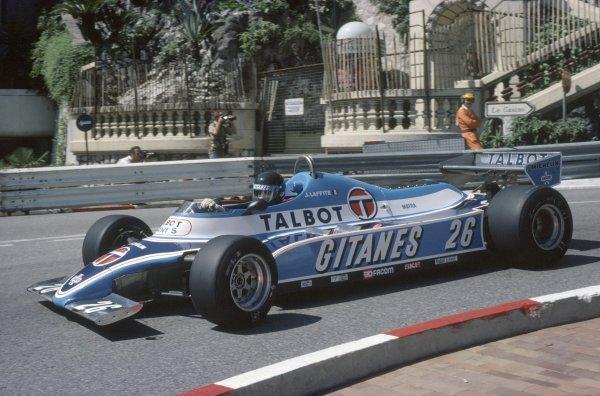
Jacques Laffite quote on Villeneuve from Nigel Roebuck: “I watched the session from the pits with Jacques Laffite who, like several of his colleagues, had declined to go out at all in the monsoon. "Look at him," Jacques said as Gilles fishtailed past. "He's not like the rest of us. He's on another level ..."

Jacques Laffite and Didier Pironi.
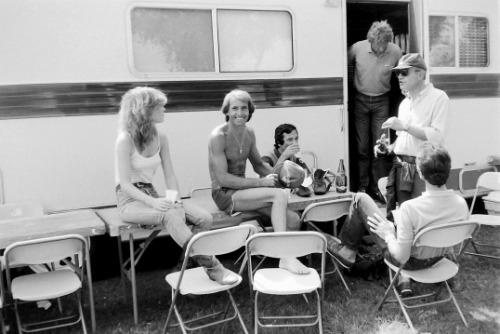
How times have changed, the Ligier motorhome in 1981.
There's nothing like the 70's and 80's F1 racing. The good old days for F1. Best times .... Best cars .... Best drivers. Real pilots. Take a look at the exit of the bends. Amazing hands. This is like poetry. It's amazing to watch the skill, manual gear changes, no traction control, no launch control, just skill.
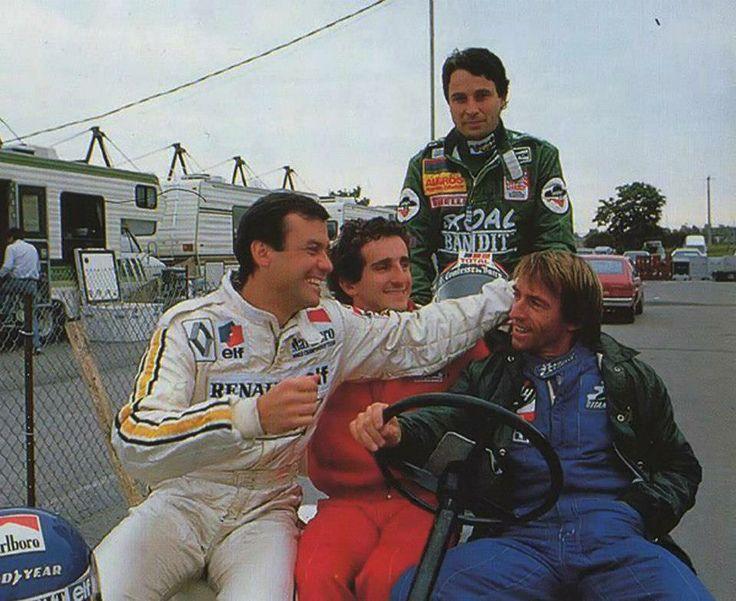
Laffite, Alain Prost and Patrick Tambay.
When F1 was sound and fury. The drivers were studs. And the spectators got their money's worth and more. You can only imagine how it was back then for these guys. Taking these unstable powerful monsters to the limit for two consecutive hours in a racing day. This was from that time where a F1 car was a F1 car, not a computer as it is now.
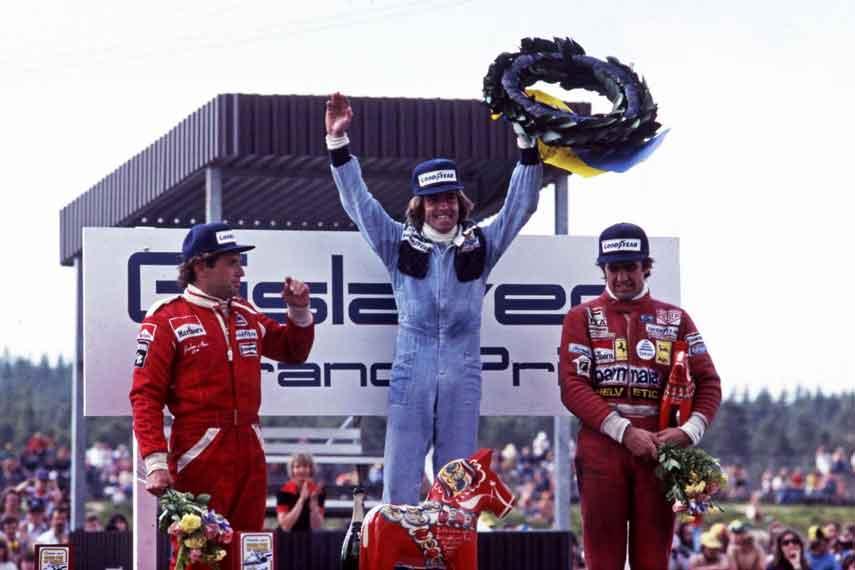
Standing at one of the corners at Long Beach in 1976, the Matra V-12 was so loud that it made your ears buzz. It actually made the Ferrari and BRM V-12's sound tame. A choir of powerful cylinders in a symphony of blinding speed. Great sound!!! Now we know where devil is hiding. The Cosworth DFV's sounded terrific, as did the Alfa and Ferrari flat 12's but the Matra V-12 in the Ligier was so distinctive, so beautiful, so glorious, like guitar chords! So amazing.
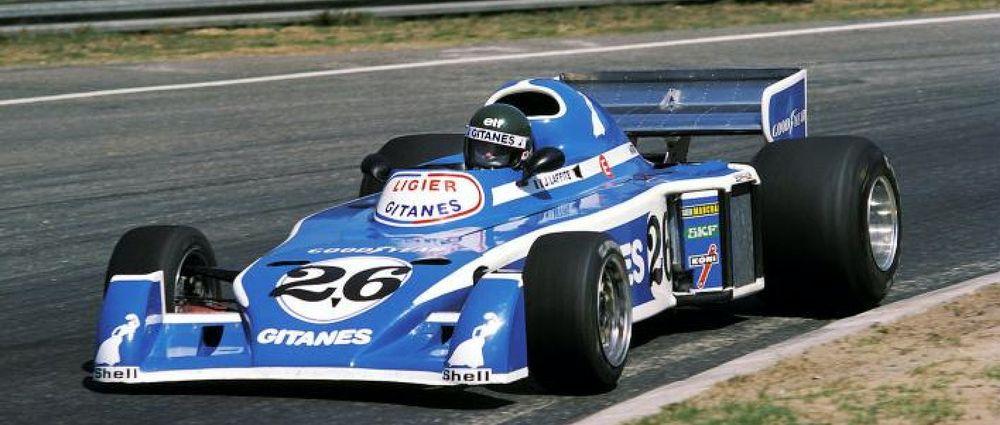
The Matra had yet the semi automatic gear box? Of course not. But Laffite changes of gear was unbelievable fast, also more than the best cars of the 80's till the '90. An incredible perfect and quick change of gear. The double downshifts .... my goodness. And those great looking cars... Modern F1 cars don't scare you, these ones do. The noise, the threat, the motion, the violence and the smile of the Grim Reaper taunting you from the shadows, chill your soul.
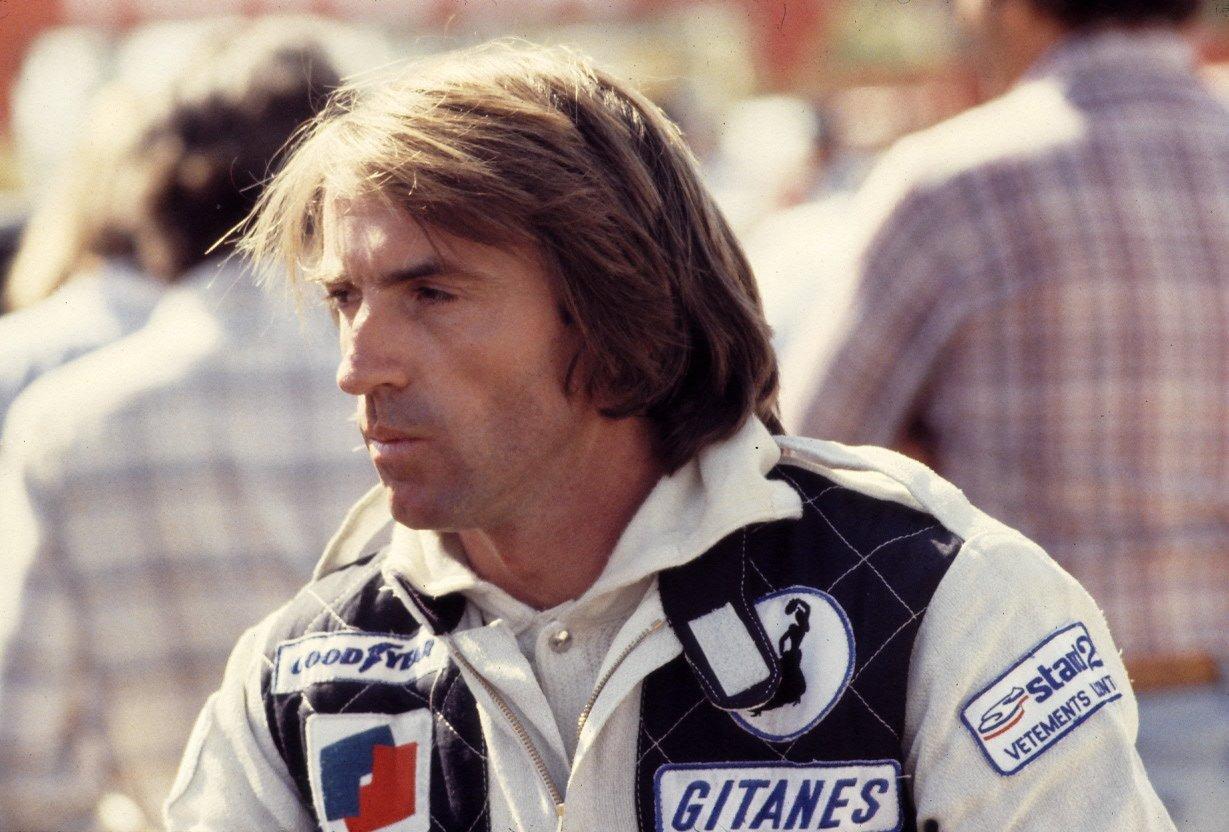
Today the F1 has become a play station championship, a glorified computer game. As Nelson Piquet said, "we drove by butts"!!! Now all they need to do is steer and accelerate decelerate, the computers do everything else. Formula 1 died with Senna’s death. This todays pilots get rich just to avoid getting killed, evolution but not racing anymore, a kid can shift a Formula 1 like in a video. These were the days, when Formula 1 was not a video game.
Videos
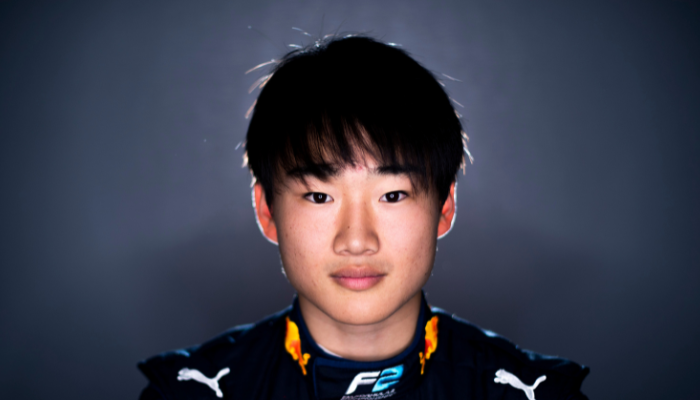
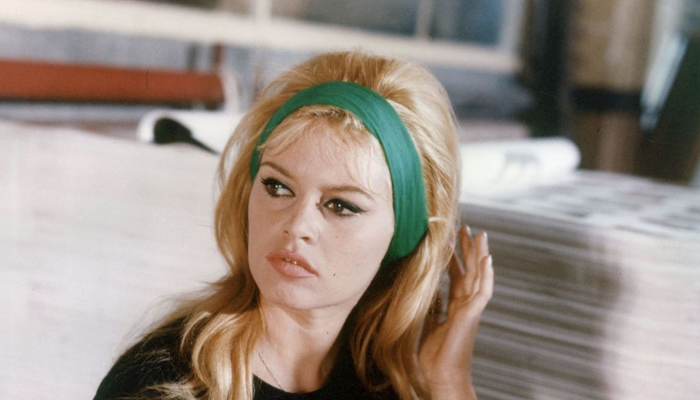
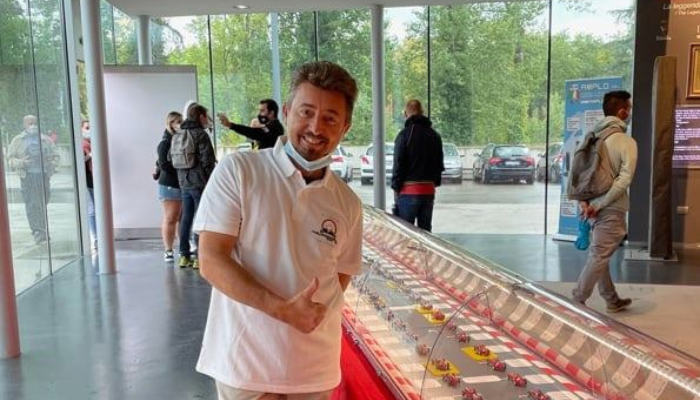
Comments
Authorize to comment